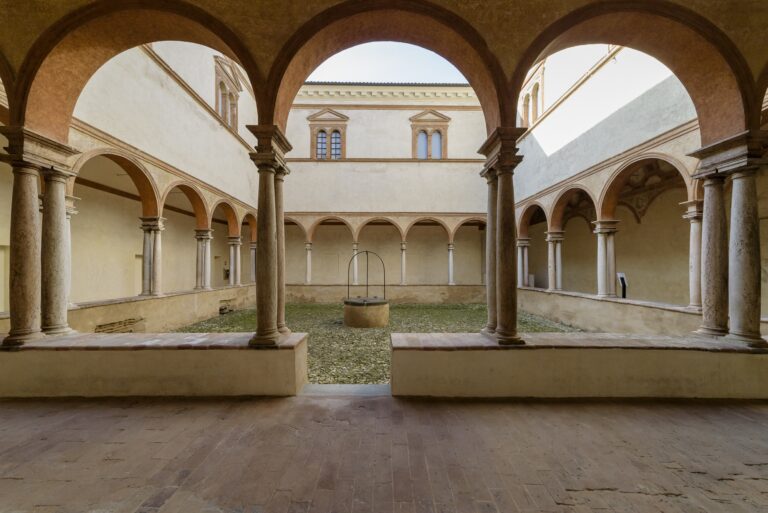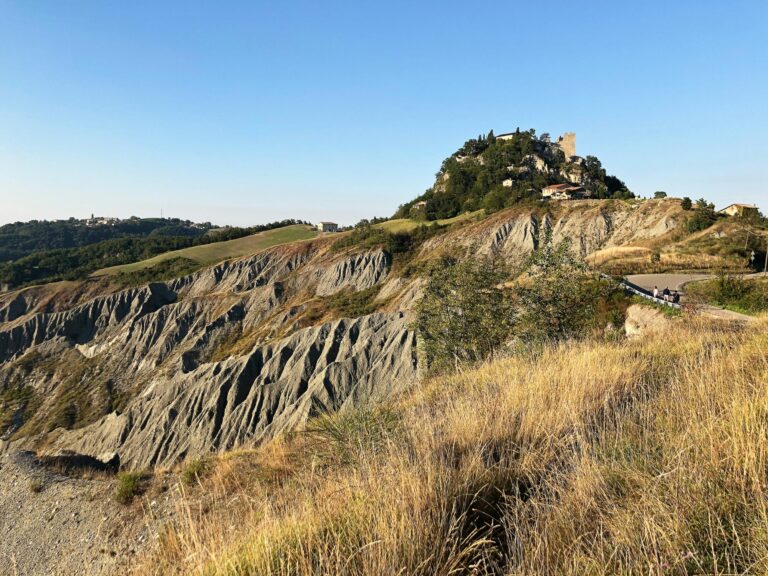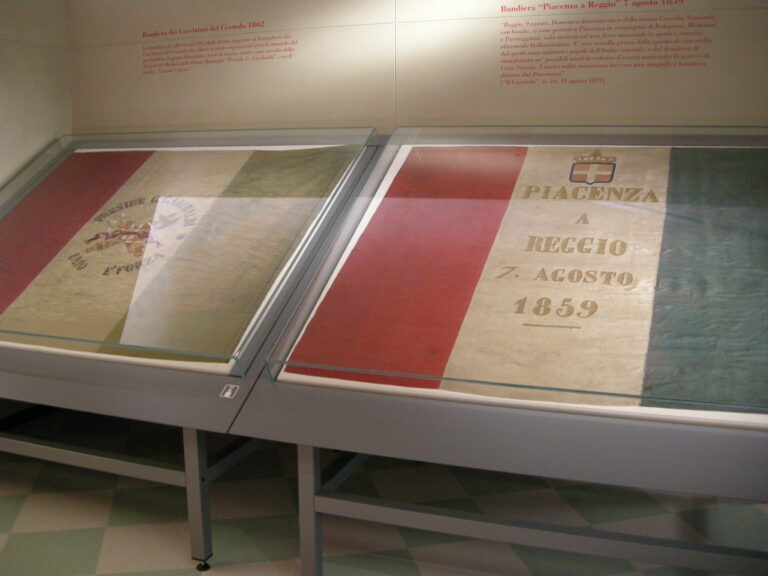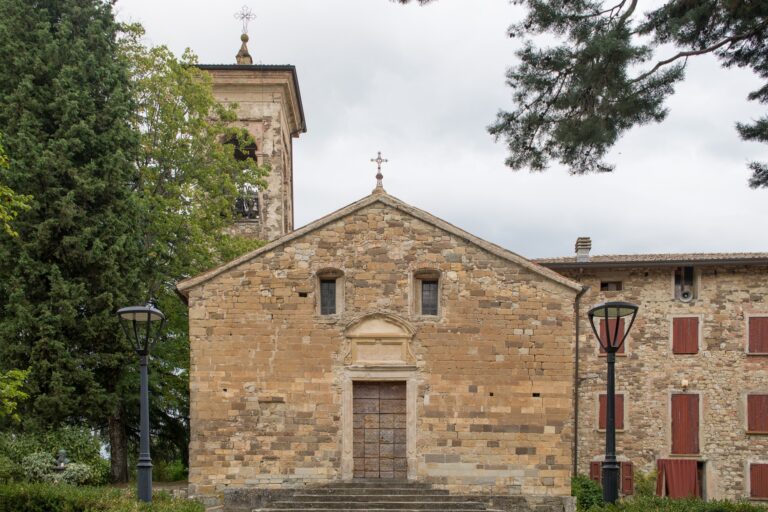Parma is famous not only for its artistic and cultural heritage but also and above all for its extraordinary culinary tradition. In fact, the Parma territory is home to the largest production of typical cured meats, Parmigiano Reggiano cheese, pasta and vegetable preserves in the country. Dedicated to these delicious typical products are the Food Museums (Musei del Cibo), a network of facilities that offer the possibility of entering and discovering centuries of tradition.
What are the Food Museums in the Parma area? Let’s discover them together!
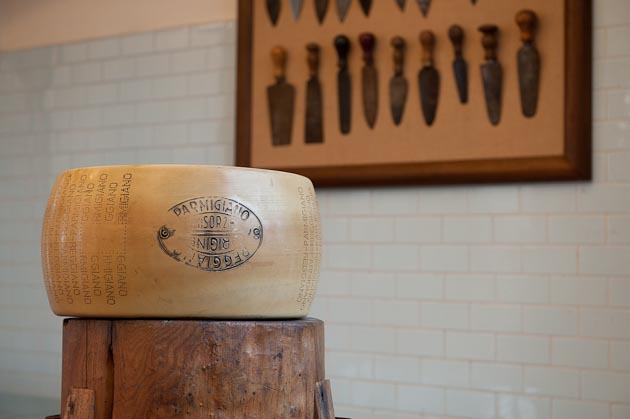
Parmigiano Reggiano Museum
Soragna, a small town in the lower Parma Plain, is home to the Parmigiano Reggiano Museum, dedicated to the most famous Italian cheese in the world. It is housed in the historic 19th-century Casello that stands in the shadow of the Meli-Lupi fortress. With an educational layout, it documents the history of the production of the prestigious cheese and its deep relationship with the territory. In the oldest part of the building, objects for processing are on display, while the most recent part houses sections dedicated to maturing, marketing and gastronomic use and its history. Approximately one hundred objects have been brought together to provide a better understanding of the great heritage of art and tradition that lies behind a wheel of Parmigiano Reggiano.
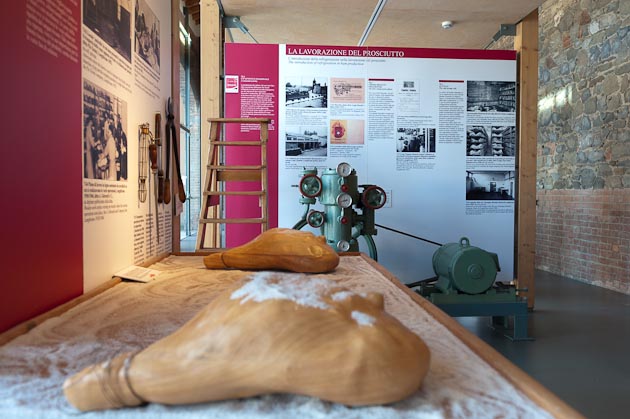
Parma Ham Museum
The Parma Ham Museum is located in the town of Langhirano, the recognised capital of ham. It is housed in the vast (fully restored) structure of the former Foro Boario, magnificent rural architecture dating back to the first half of the 20th century and used for livestock trading. The museum offers a total immersion into the world of ham production, from the salting process to the slow curing process in the surrounding hills. The exhibition itinerary is divided into eight sections: it starts with the territory, with a description of Parma agriculture, then moves on to illustrate the different breeds of pigs used, and finally to display historical documents and ancient objects used by pork butchers to process the meat. Parma Ham is also the subject of an extraordinary festival, also held in Langhirano during the first two weekends of September.
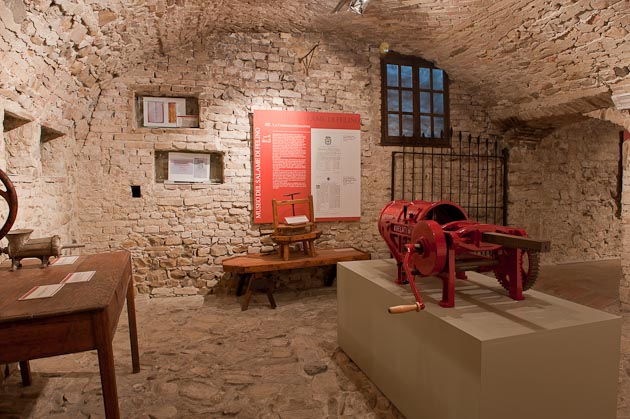
Salame of Felino Museum
The Salame of Felino Museum is dedicated to Italy’s most renowned salami, historically produced in the town of Felino (hence the name) and in some neighbouring municipalities such as Sala Baganza and Langhirano. The museum is set up in the evocative cellars of Felino Castle, the ancient home of noble families and refuge of heroic condottieri. Inside, one discovers not only the history of salami and its preparation but also the territory and the community of which it is an expression. The exhibition itinerary is divided into five sections: the first is dedicated to historical evidence; the second to gastronomy; the third to pork butchery and homemade production of the sausage; the fourth to production technology; and the fifth to marketing.
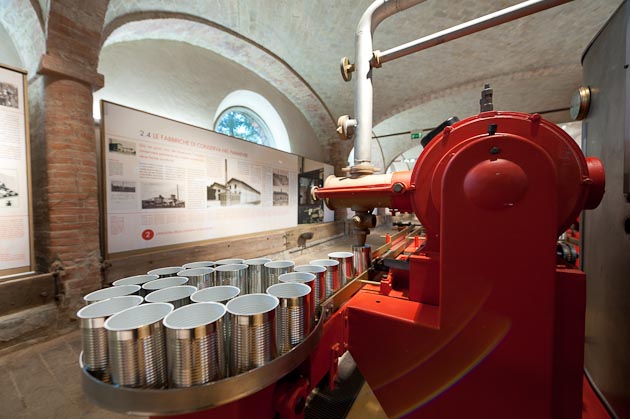
Tomato Museum
The Tomato Museum is housed in the Corte di Giarola (located in the village of the same name near Pontescodogna, a hamlet of Collecchio), an ancient agro-processing centre dating back to the Middle Ages, which later became the site of a tomato canning industry from 1900 to 1960. The museum traces the historical vicissitudes of the tomato, which arrived in this territory from the Americas, strongly marking its economic development, and narrates the evolution of production and industrial technology, from processing to preservation. A section is dedicated to the culture of the World of Tomatoes with advertisements, quotations, paintings, sculptures and recipes, right up to the marriage with pasta and pizza.
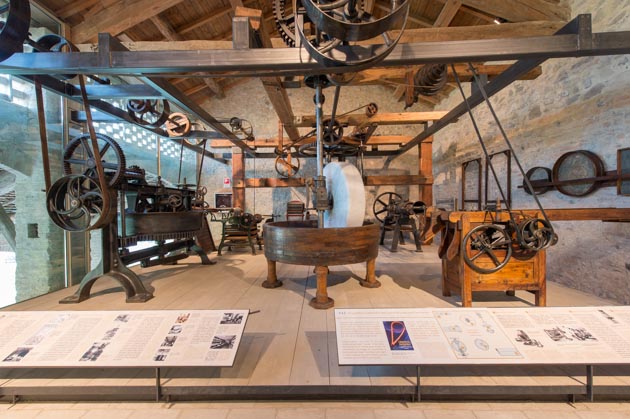
Pasta Museum
Also in the Corte di Giarola is the Pasta Museum, dedicated to what can be considered the symbolic food of Italian cuisine. It narrates the birth, journey and evolution of dried durum wheat semolina pasta. The exhibition itinerary is divided into ten sections: the first is dedicated to wheat; the second to milling and the various types of mills; the third to the homemade preparation of fresh pasta; the fourth to the various phases of dry pasta production; the fifth to production methods in an artisan workshop in Emilia in the last century; the sixth to automation; the seventh to the ‘dies’; the eighth to pasta communication; the ninth to gastronomy; and the tenth to pasta in art and culture. The museum also offers practical demonstrations and tastings.
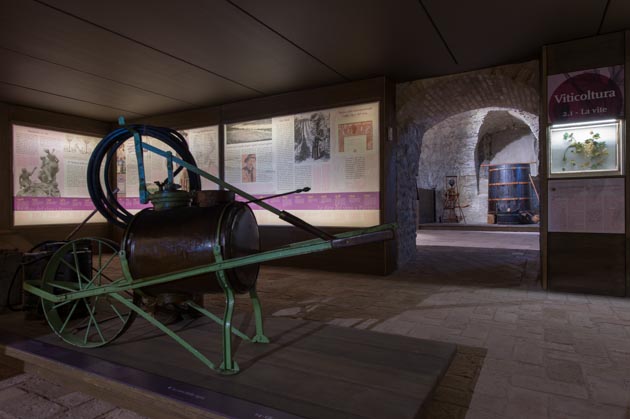
Wine Museum
The Wine Museum is located in Sala Baganza, in the heart of an area that has been dedicated to viticulture and wine production for centuries. It is housed in the cellars of the Rocca Sanvitale, where counts and dukes lived for centuries. Already present in prehistoric times, viticulture has left important cultural evidence in the Parma territory. The exhibition itinerary bears witness to this through six sections: the first is dedicated to the archaeology of wine in the Parma area; the second to the characteristics of the vine plant and viticulture; the third to the grape harvest and wine preparation; the fourth to the role of the vine and wine in ritual, history and art; the fifth to the history of wine containers and related trades; and the sixth to the fruits of Parma viticulture. A tasting in the wine shop in the basement of the Rocca is a must and recommended.
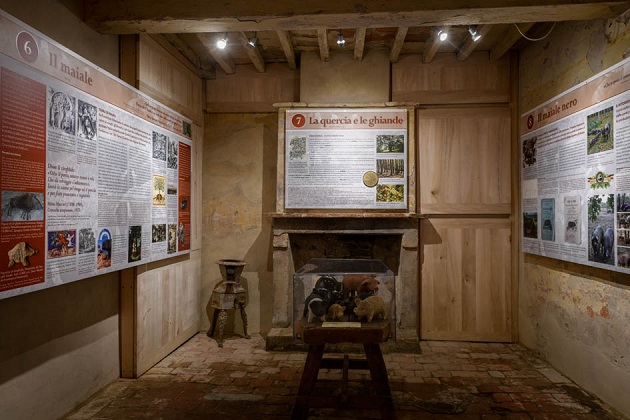
Culatello Museum
Polesine Parmense, a hamlet in the municipality of Polesine Zibello, is home to the Culatello Museum, dedicated to one of the most prized cured meats in Italian gastronomy. Housed in the Antica Corte Pallavicina complex, the exhibition presents the protagonists of the culatello story. First and foremost the territory, without which the excellent cured meat could not exist, just like the pig. In addition to the history of culatello, iconography and quotations from famous personalities, a vast collection of tools from the world of the cured meat and those who produce it are presented. Finally, a culatello tasting in the adjoining Hosteria is a must.
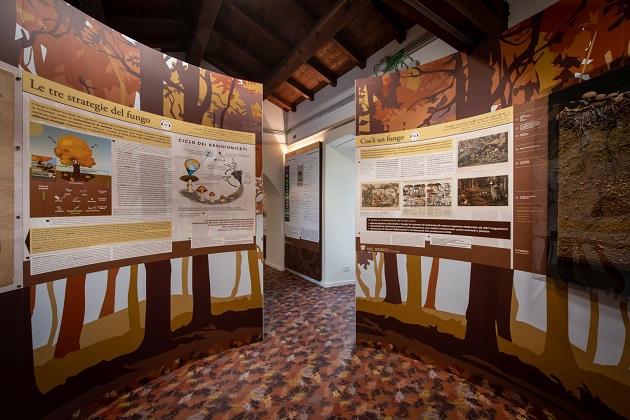
Borgotaro Porcini Mushroom Museum
And last but not least, the Borgotaro Porcini Mushroom Museum. Distributed over two sites (one in Borgo Val di Taro, the other in Albareto, which are two of the eight municipalities in the area that produce the famous Fungo Porcino di Borgotaro PGI), it presents the territory, the forest, the porcino mushroom and its varieties, the habitats in which it grows, the tools for harvesting, popular beliefs linked to mushrooms, preservation and processing techniques, the history and companies dedicated to processing, the mushroom in culture, from figurative arts to literature, and concludes with an overview of gastronomy.
Photo © Musei del Cibo
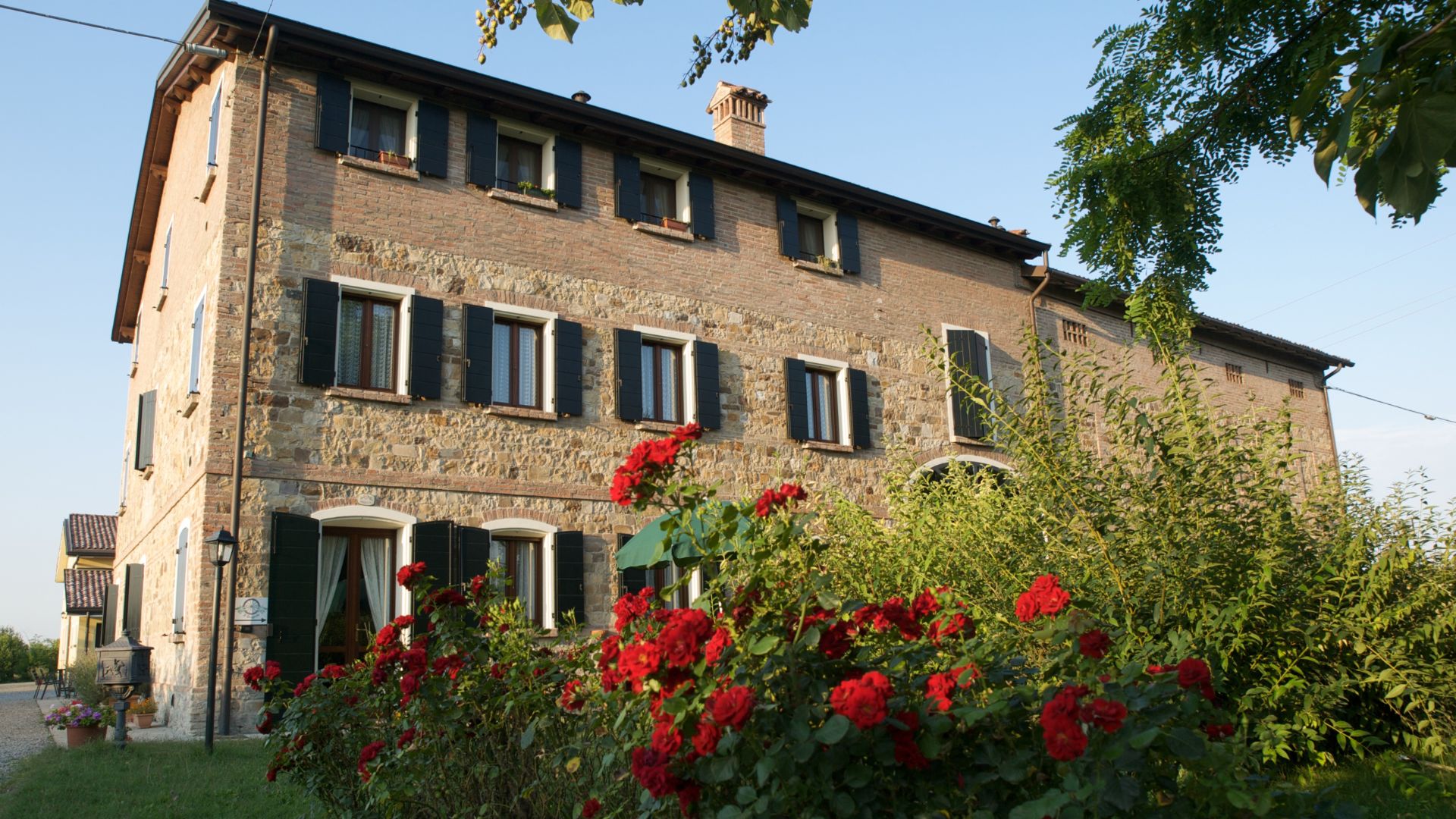
AGRITURISMO IL BRUGNOLO
Welcome to il Brugnolo
If you’re looking for completely independent apartments surrounded by greenery you really are in the right place here!
In fact, Brugnolo is immersed in the green nature of the Emilian countryside. For your relaxation, for that of your children, and again for the runs of your 4-legged friends, you will have 6000 square meters of park at your disposal!


